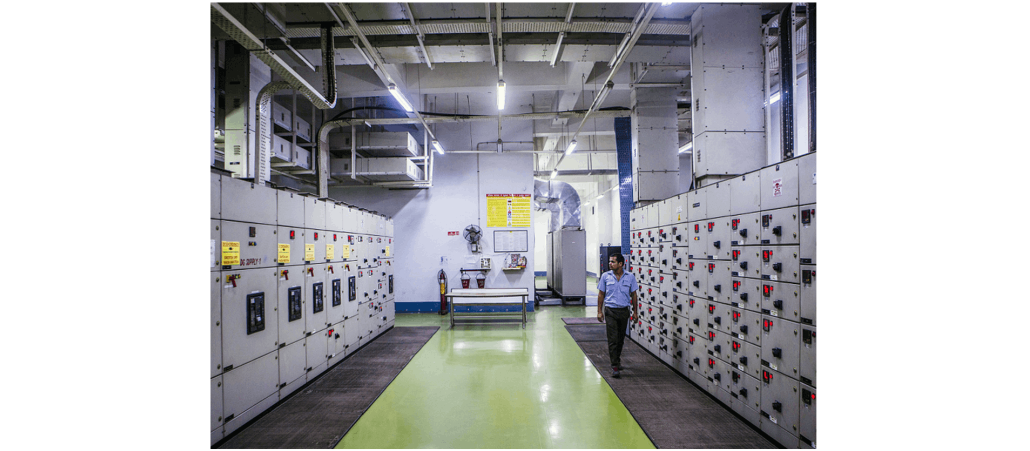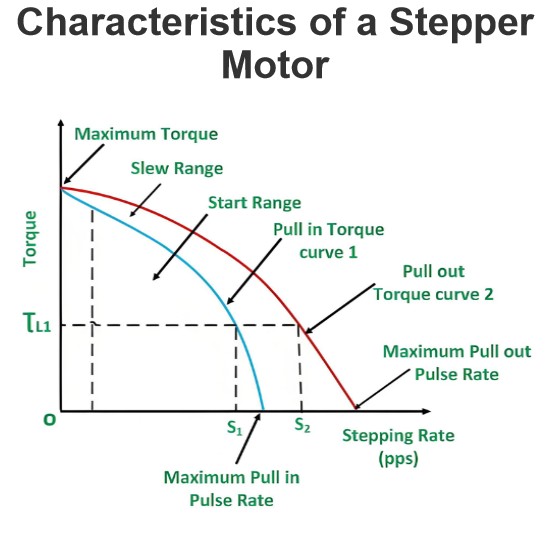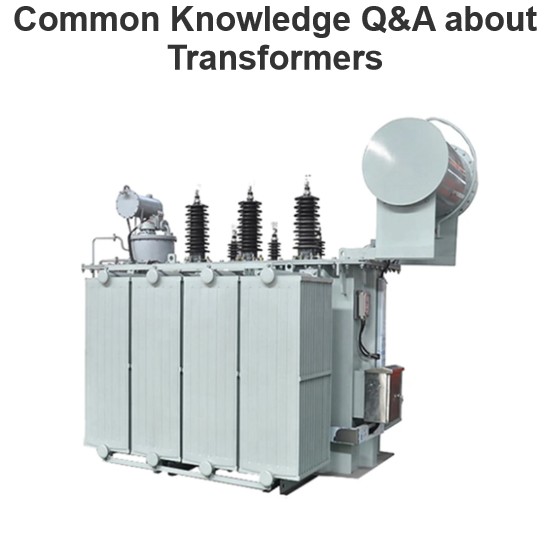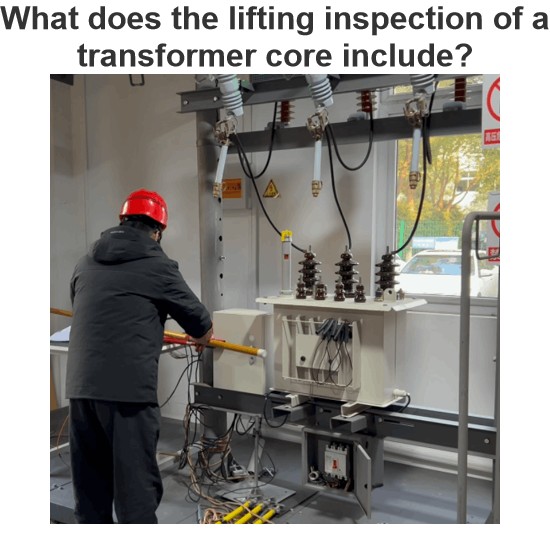Differences Between Low-Voltage and High-Voltage Distribution Rooms
Edwiin
08/02/2025
1 Power and Voltage Levels
2 Applications and Functions

3 Equipment Characteristics and Safety
4 Other Distinctions
Topics
Hello,I'm Wdwiin. A decade of hands-on experience in electrical engineering, specializing in high-voltage systems, smart grids, and renewable energy technologies. Passionate about technical exchange and knowledge sharing, committed to interpreting industry trends with professional insights to empower peers. Connection creates value—let’s explore the boundless possibilities of the electrical world together!

Characteristics of a Stepper Motor
The torque pulse rate characteristics of a stepper motor describe the variation of electromagnetic torque as a function of stepping rate in pulses per second (PPS). There are two characteristic curves, Curve 1 and Curve 2, shown in the figure below.Curve 1, represented by a blue line, is known as the pull-in torque curve. It indicates the maximum stepping rate at which the motor can start, synchronize, stop, or reverse under different load torque values. Similarly,Curve 2, shown as a red line, i
Edwiin
08/02/2025

Common Knowledge Q&A about Transformers
Why is a ZnO surge arrester installed between the power capacitor and its breaker?A ZnO surge arrester is installed to prevent overvoltage caused by switching operations, thereby ensuring the safe operation of electrical equipment.What is the difference between an energy meter and a power meter?A power meter indicates the instantaneous power output or consumption, while an energy meter records the total energy produced, transmitted, or consumed over a specific period.What are the requirements fo
Vziman
08/02/2025

Difference Between Shunt and Series Voltage Regulator
Linear voltage regulators are mainly classified into shunt voltage regulators and series voltage regulators. The key difference between the two lies in their control element configurations: in a shunt voltage regulator, the control element is connected in parallel with the load, whereas in a series voltage regulator, the control element is connected in series with the load. These two regulator circuits operate on distinct principles, thus each having its own advantages and disadvantages, which w
Encyclopedia
08/02/2025

What does the lifting inspection of a transformer core include?
1.Environmental Requirements for Transformer Core-Lifting Inspection1.1 General Environmental ConditionsCore - lifting operations are preferably carried out indoors. For large transformers that have to be operated outdoors due to specific conditions, sufficient measures must be taken to prevent moisture and dust contamination.Core - lifting should not be conducted during rainy or snowy weather or when the relative humidity exceeds 75%.The ambient air temperature during core - lifting should not
Rockwell
08/01/2025









